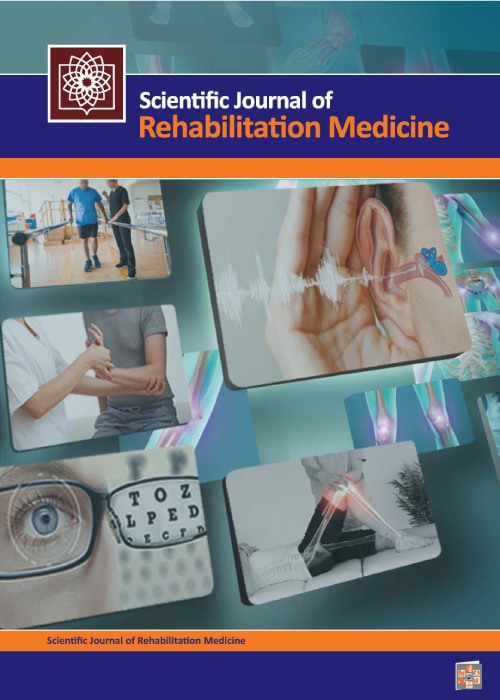Comparison of Electromyographic Activity of Selected Shoulder Muscles and Scapulohumeral Rhythm in Elite Male Swimmers with and without Shoulder Impingement Syndrome
Impingement syndrome is the most common injury and cause of pain and limitation of movement in the shoulder area. The purpose of the present study was to compare the electromyographic activity of selected shoulder muscles and scapulohumeral rhythm in elite male swimmers with and without shoulder impingement syndrome.
In the present study, 30 elite 18-25 year-old male swimmers, including 15 patients with shoulder impingement syndrome and 15 healthy individuals (age 22.15±1.23 years; height 179.40±5.59 cm; weight 78.35±7.37 kg) were selected as the statistical sample. To collect data, a goniometer to assess the scapulohumeral rhythm in the 90 ° abduction in frontal plans and American noraxon wireless surface EMG device to assess the electromyographic activity of muscles in the 90 ° abduction and recovery in sagittal, frontal, and scapular plans and the dominant sides were used. For data normalization, Shapiro–Wilk test and for data analysis independent t-test were used (P> 0.05).
The results indicated that with regard to mean scapular rotation start (P<0/001), scapular rotation (P = 0.001) and scapulohumeral rhythm ratio (P = 0.001), there were significant differences between the patient and healthy groups. Also, there was a significant difference between the mean onset and offset of Serratus anterior and lower trapezius muscles in all three plans and upper trapezius muscles in the sagittal and scapular plans of the patient group compared with healthy group (P> 0.05), and the swimmers with impingement syndrome had a lower onset (delayed activation) and higher offset (early termination of activity) compared with the healthy group. Moreover, the sequence of muscle recruitment to be active and inactive had undergone a change in the patient group.
Therefore, swimmers with impingement syndrome have higher scapular rotation start, lower scapular rotation, and higher scapulohumeral rhythm ratio compared with the healthy groups, and the regular coordination of scapulohumeral rhythm in the shoulder compartment has been disrupted in the patient group. Swimmers also exhibit abnormal activity and increased latency in the muscles, meaning lower onset (delayed activation), and higher offset (early termination of activity. Therefore, the theory that the shoulder impingement may be related to changes in the level of activity and recruitment of the scapulothoracic muscles is generally acknowledged as a sign of the change in neurovascular control.
- حق عضویت دریافتی صرف حمایت از نشریات عضو و نگهداری، تکمیل و توسعه مگیران میشود.
- پرداخت حق اشتراک و دانلود مقالات اجازه بازنشر آن در سایر رسانههای چاپی و دیجیتال را به کاربر نمیدهد.


